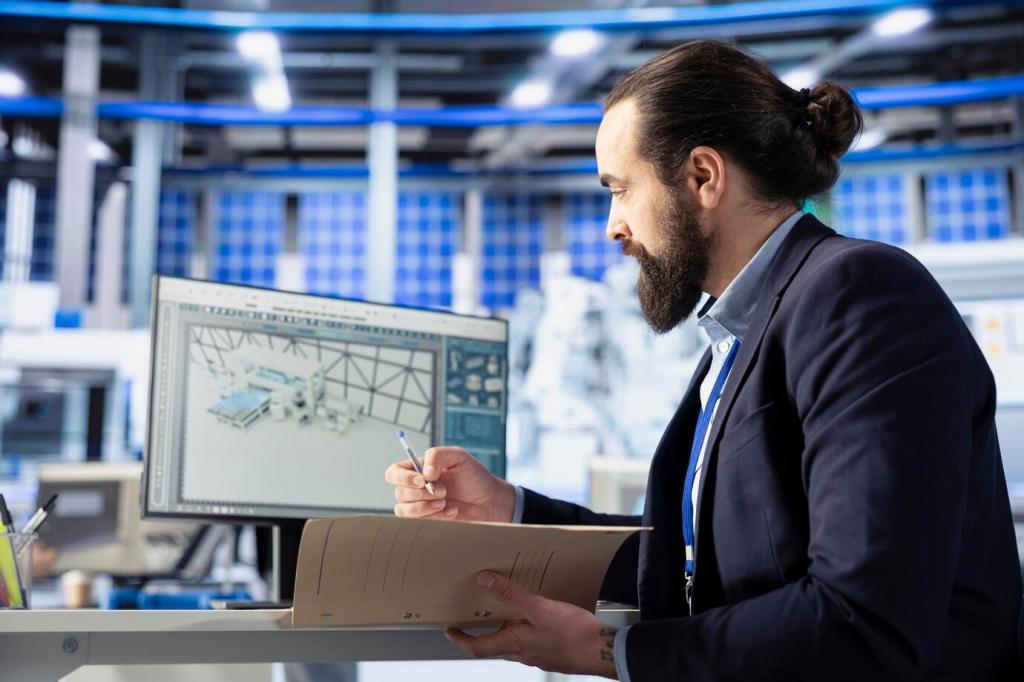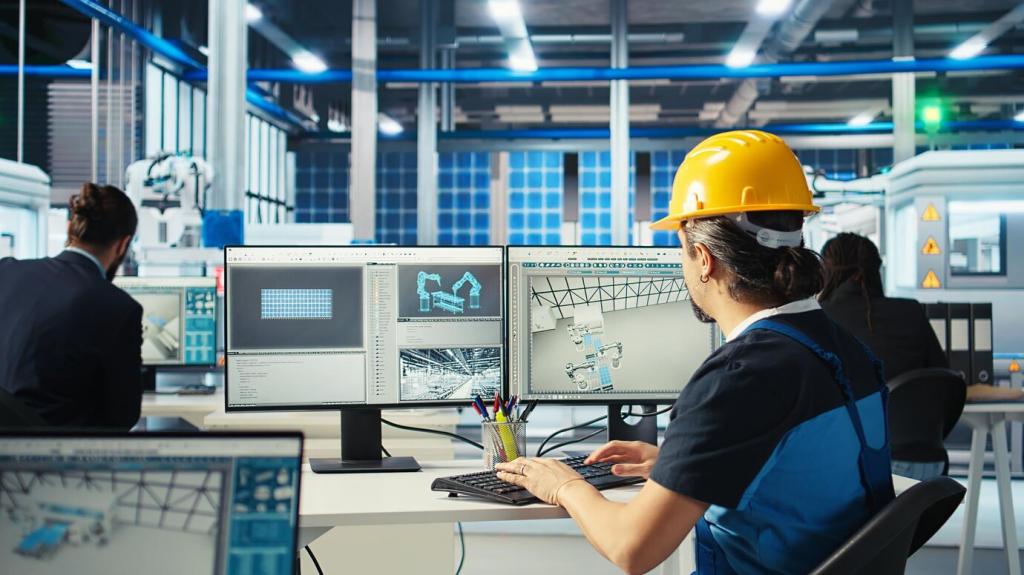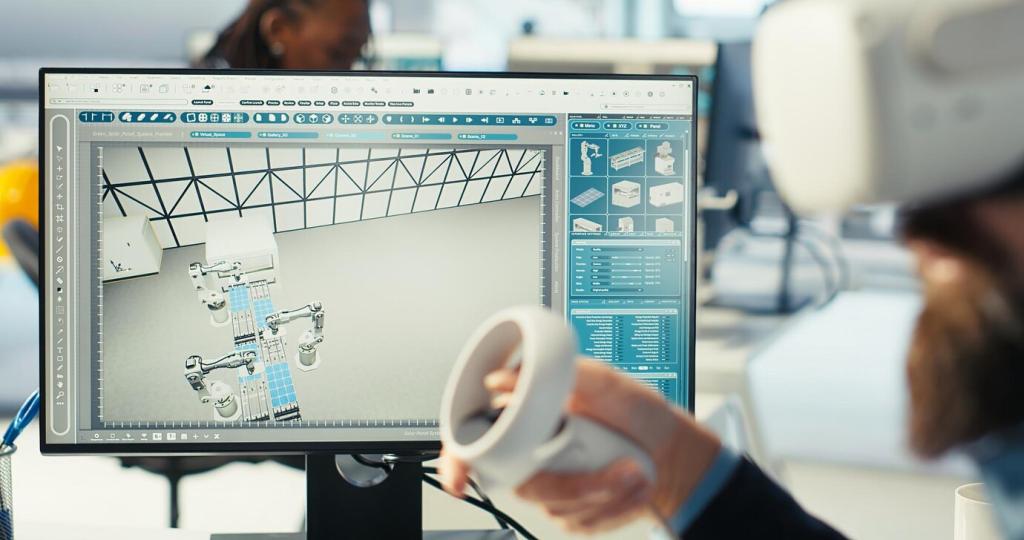Sensing the Site: Data-First Passive Design
Machine learning fuses satellite imagery, IoT sensors, and open street data to generate hyperlocal temperature, wind, and humidity maps. Designers use these layers to orient buildings, carve courtyards, and place trees where comfort multiplies naturally.
Sensing the Site: Data-First Passive Design
Evolutionary solvers test thousands of massing options, balancing solar gain, daylight autonomy, and wind protection. Instead of guessing, teams select forms that harvest winter sun, temper summer heat, and shelter entrances from gusty corners.









